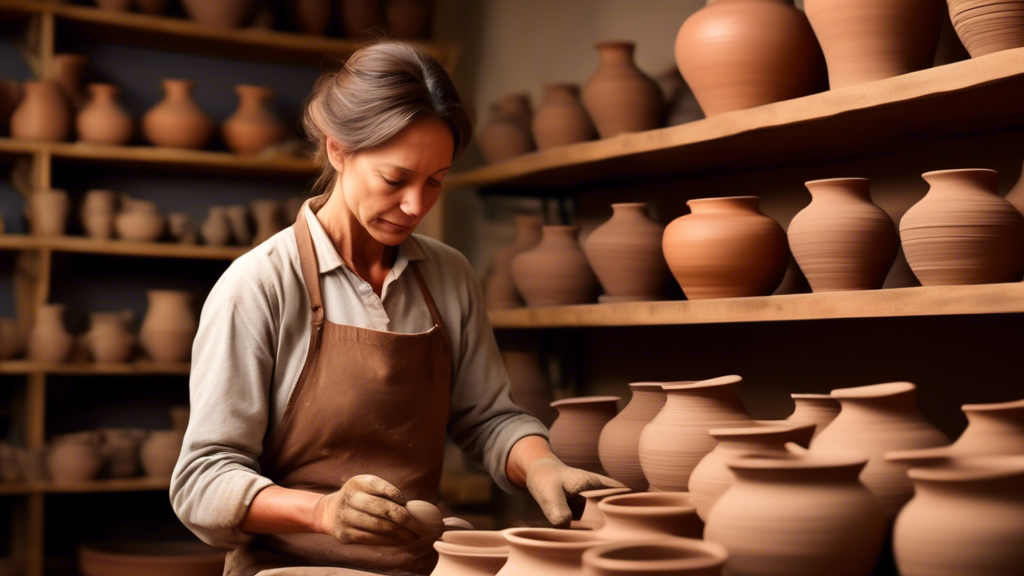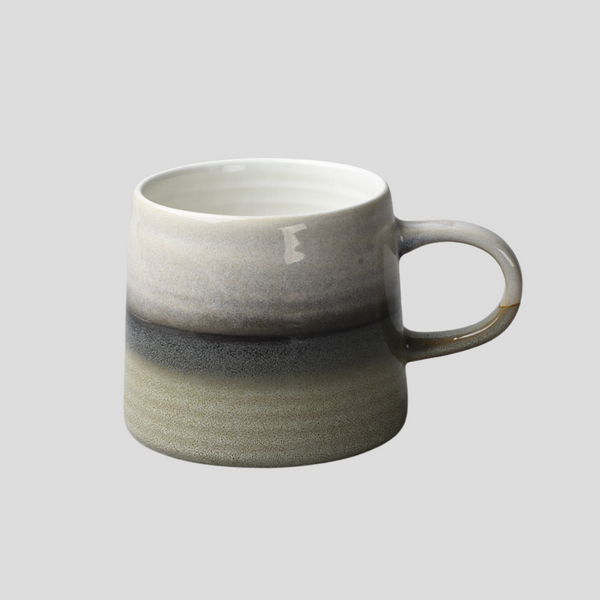
Exploring the Art of Thrown Pots
Thrown pots, a timeless form of art and utility, have captivated humans for thousands of years. This traditional method of creating pottery on a potter's wheel or by hand has not only survived through millennia but has also flourished into an intriguing art form. The craft of making thrown pots involves a blend of skill, artistry, and a deep understanding of materials, making it a captivating subject for both makers and admirers. In this article, we explore the rich history, techniques, and aesthetic appeal of thrown pots, shedding light on why this art form continues to enthral people around the world. The origin of thrown pots traces back to ancient civilizations, where they were initially created for storing food, water, and as containers for cooking. The oldest wheel-thrown pottery dates back to around 4500 BCE, found in the regions of the Near East and the Southern Caucasus. Over centuries, the technique spread across the globe, with each culture adding its unique touch and styles to the craft. From the refined porcelain of ancient China to the classical forms of Greco-Roman ceramics, thrown pots reflect the art, culture, and technological advances of societies throughout history. The centerpiece of the thrown pot making process is the potter’s wheel. The wheel allows the potter to shape the clay with a combination of hands, fingers, and tools while it spins, creating forms that are symmetrical and fluid. Mastering the potter’s wheel requires patience, practice, and a deep understanding of the clay's behavior under different conditions. Beginners may start with simple shapes, such as bowls and cylinders, gradually moving on to more complex forms like vases and pitchers. The true art of wheel throwing lies not just in the creation of a pot but in the ability to replicate forms accurately, a skill that potters refine over years of practice. Thrown pots possess a unique beauty, borne from the intersection of human skill, natural materials, and the serendipity of the firing process. Each pot, though possibly intended as part of a set, carries with it slight variations that speak to the handcrafted nature of the art. The glazes and decorations applied to thrown pots add another layer of aesthetic appeal, with colors and textures that can range from rustic earth tones to glossy, vibrant hues. Functionally, these pots continue to serve purposes from the practical to the ceremonial, showcasing the timeless relevance of this craft. In the contemporary world, thrown pots straddle the realms of functional objects and fine art. Artists experiment with traditional techniques, incorporating modern aesthetics and pushing the boundaries of the craft. Innovations in materials and glazing techniques offer new possibilities for creative expression, while the slow, mindful process of throwing pots appeals to those seeking a respite from the fast-paced, digital world. As an art form, thrown pots continue to evolve, yet the fundamental connection between maker, material, and the wheel remains unchanged, speaking to the enduring fascination with this craft. From their humble beginnings as essential tools for early civilizations to their status today as objects of beauty and contemplation, thrown pots embody the synthesis of human creativity and the natural world. As we appreciate and explore the art of thrown pots, we are reminded of the timeless skills and the continuous thread of innovation that have shaped this enduring craft.Exploring the Art of Thrown Pots
The Historical Tapestry of Thrown Pots
Mastering the Potter’s Wheel
The Aesthetic and Functional Charm of Thrown Pots
Modern Movements and Innovations

















































